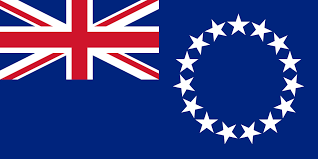RAROTONGA, 14 JANUARY 2019 (COOK ISLANDS NEWS) – The Cook Islands population on December 1, 2016 totalled 17,434 – two per cent less than the 2011 Census that counted 17,794 people, and 25 people less than the 17459 total announced in preliminary results released on June 24, 2017.
The figure, released on December 7 last year, is made up of residents (including short-term visitors) who were in the Cook Islands on Census night.
According to the figures, Rarotonga remains the most populated island in the country with 13,007 (75 per cent) of people residing here.
The Southern Group islands collectively have a population of 3,326 made up of Aitutaki 1,941, Mangaia 499, Atiu 434, Mauke 297 and Mitiaro 155.
A total of 1,101 people was counted in the Northern Group on Census night: Palmerston 58, Pukapuka 444, Nassau 78, Manihiki 212, Rakahanga 83 and Penrhyn 226.
As of December 1, there were 8,597 males and 8,862 females in the Cook Islands, a decrease of 218 males and a decrease of 117 females since 2011.
In a change from Census years before 2011, there is now a similarity in the gender makeup of the Cook Islands: previously males made up a slightly larger proportion of the population.
The Census of Population and Dwellings is a five yearly stock-take of people in the Cook Islands and their housing.
It is the primary source of information on the size, composition, distribution, economic activities and state of well-being of the population.
Describing the total population of a country and its geographical distribution within the country are common and essential elements of all censuses.
However, the definition of what constitutes the population of an area varies from country to country and largely depends on the requirements of users.
The Cook Islands uses the “de jure” population concept because it provides a better indication of permanent population and household composition of an area.
“De jure” is a concept where individuals are recorded as being in a geographical area on the basis that it is their usual place of residence.
All persons present at their place of usual residence will be counted as well as those who may be temporarily absent from their place of usual residence, irrespective of where they are at the time of the census.
Recording is carried out on the basis of place of usual residence, regardless of whether the person is or isn’t actually present at that place at census time.
The Census of Population and Dwellings 2016 is conducted under the authority of the Statistics Act 2016.






